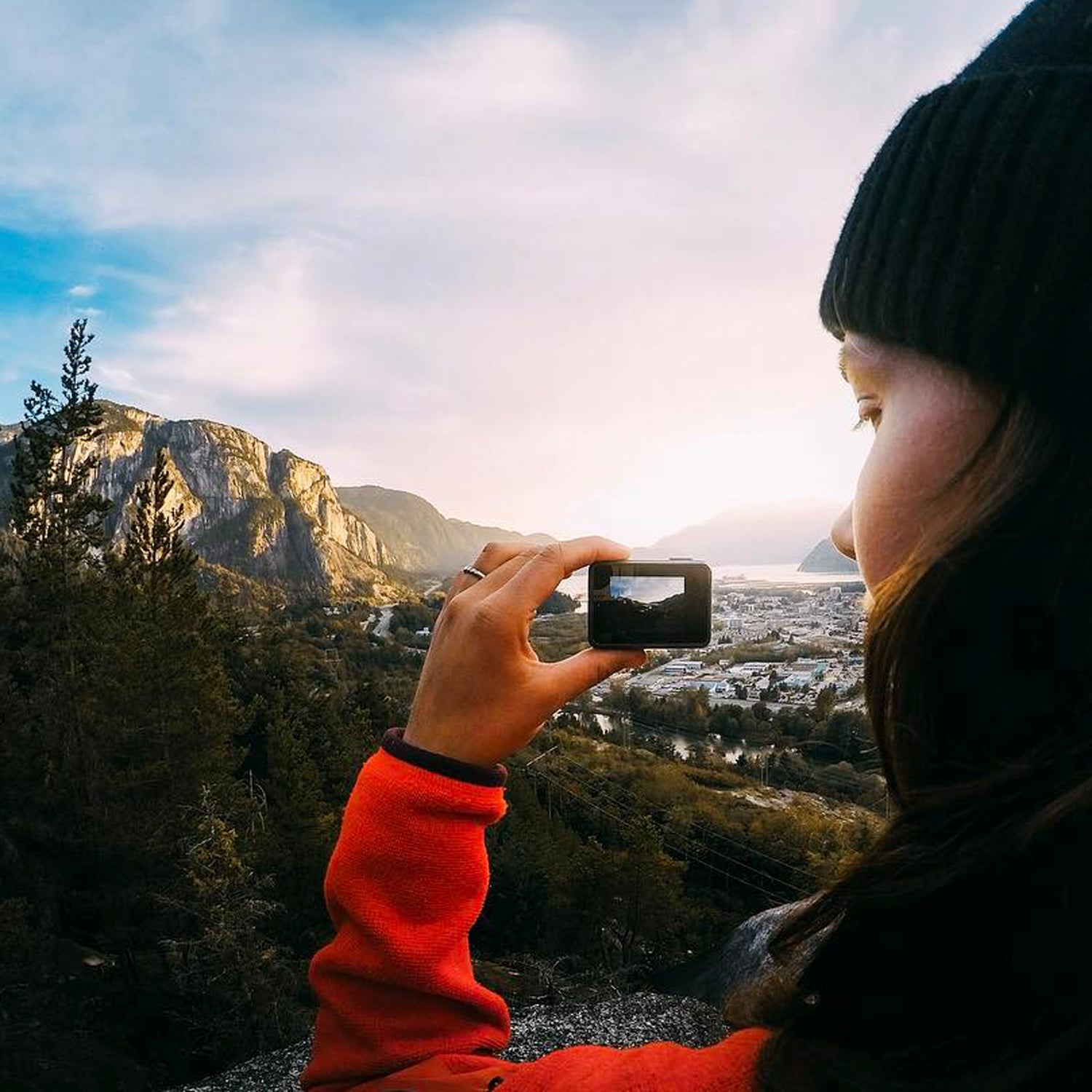Things haven't looked good at GoPro recently. After a rapid ascent, it went public in 2014 with a big IPO, hired way more people than it needed, and tried to become an entertainment company. Then the bottom dropped out, with shares hitting a high point of $87 before plummeting back down to around $10, where they've hovered pretty much ever since. When it had to recall the Karma drone 10 days after its launch, we half expected news of a sale or a bankruptcy. But in the past six months, GoPro appears to have pulled out of its tailspin. 
In this month's earnings call, GoPro┬áCEO Nick Woodman┬áreported that the company in the second quarter. ThatÔÇÖs 34 percent better than Q2 of 2016, which was one of the company's┬áworst periods ever. The news isnÔÇÖt all goodÔÇöthe company still lost $30 million last quarterÔÇöbut itÔÇÖs much better than the companyÔÇÖs $90 million loss in that same quarter a year before. Woodman is sticking to his claim that the company will return to profitability by the end of the year.┬á
So whatÔÇÖs behind┬á│Ď┤ă▒╩░¨┤ăÔÇÖs┬áturnaround?┬áFirst and foremost, it went back to┬áfocusing on its product. The is the best-selling digital camera in the U.S., and has been for the past three quarters, according to the NPD Group, an industry┬áconsultant firm. This is especially impressive considering the rough start it got: the Hero5 Black had some significant production delays, which meant that GoPro┬ácouldnÔÇÖt keep up with demand ahead of the crucial holiday season. Its smaller sibling, the┬á, which initially launched to lackluster reviews,┬áis in the top five best sellers.┬á
“I┬áthink┬áGoPro┬áis having success at least in part because their devices are embracing new technology┬áthat consumers find useful, like 4K video┬áand voice control,”┬ásays┬áBen Arnold, an┬áindustry analyst for NPD. “These┬áfeatures that have been successful in other technology products┬áare helping to drive interest in┬á│Ď┤ă▒╩░¨┤ăÔÇÖs new ones.”┬á
│Ď┤ă▒╩░¨┤ăÔÇÖs is also back from the near-dead. When they┬áwere┬áfirst released last fall, some of the drones would fall spontaneously out fo the sky, prompting a┬áfull recall just ten days after it launched.┬áGoPro fixed the faulty battery latch that caused the issue, and┬árelaunched the Karma┬áin February.┬áThe company now┬áclaims the drone is the second best-selling model in the U.S., despite not being as feature-rich as the DJI lineup. Those sales┬ámay be bolstered by the fact every Karma comes with the┬á, which allows you to pull the three-axis gimbal off the drone and use it as a handheld stabilizer,┬ámaking the Karma system a more complete filmmaking package than its competitors.┬á┬á
The most recent earnings report was also boosted by the fact that GoPro has been scaling back. The company has cut nearly 300 jobs (or 15 percent of its workforce) since last fall, including the elimination of its entertainment division. This was a major change for a company who, just a few years prior, had been pushing to become a media company like Red Bull, and had dedicated significant time and money to content generation. Supporters of that approach may point to GoPro's YouTube presence, which is still one of the top ten most popular brand channels, with .
But much of┬áthat YouTube traffic was organic. Its cameras are so widely distributed at this point (especially among extreme athletes) that they are bound to be capturing cool action┬ápretty regularly. GoPro probably doesnÔÇÖt need a whole entertainment division to license those videos, throw its branding on them, and pop them onto its own channelÔÇöusers are already doing that for them.
Being 30 million in the hole for your second quarter isnÔÇÖt great, but the fall season is looking promising. GoPro is planning on launching the Hero6 line, and, according to Woodman, production is actually on schedule this year. We can assume it will include a Hero6 Black, and maybe a Hero6 Session, too. The company is also planning on launching its first 360 camera for VR with the GoPro Fusion, and there are rumors that we could see┬áa Karma 2 drone┬áas well. Nobody is coming close to touching GoPro in the action-camera market when it comes to market share; so┬áif everything goes smoothly with the upcoming launches, the company has a very good shot at being back in black before the end of the year.┬á
Brent Rose is a freelance writer, actor, and filmmaker, currently traveling the U.S. living in a high-tech van, looking for stories to tell. Follow his adventures on , , , and at


